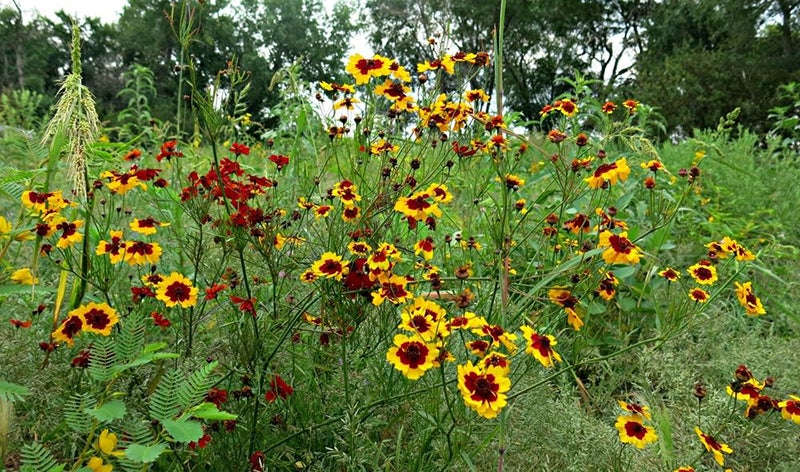Pollinator protections improving but more work to be done
Published 8:20 pm Wednesday, November 20, 2019

- Flowers planted in 2015 were part of a USDA pollinator conservation program designed to provide habitat for bees. - Dan Gunderson/MPR News
State making most progress in improving pollinator habitat
By Dan Gunderson, Minnesota Public Radio News
A new state report on Minnesota’s efforts to protect pollinators like bees and butterflies says the state is making some progress, but there’s a lot of room for improvement.
The Interagency Pollinator Protection Team’s draft report to the state Environmental Quality Board measures Minnesota’s progress in three areas: improving pollinator habitat, reducing pesticide use and engaging state residents.
“The underlying purpose is for us to really, as research continues to evolve and we learn more, better understand how pollinators are doing in Minnesota so we can target our efforts with greater precision to protect pollinators,” said the board’s executive director Will Seuffert.
Pollinators play an important role in food production, but many pollinator species in Minnesota are in decline, thanks to habitat loss and pesticide use.
The report came out of a 2016 executive order by then-Gov. Mark Dayton to bring state agencies together to develop ways to improve pollinator protection. Gov. Tim Walz extended the initiative with an order signed earlier this year. It is the state’s the third annual pollinator report, but the first to actually measure progress toward specific goals:
• Lands throughout Minnesota support healthy, diverse and abundant pollinator populations.
• Minnesotans use pesticides judiciously and only when necessary in order to reduce harm to pollinators while retaining economic strength.
• Minnesotans understand, value and actively support pollinators.
The state is making the most progress in improving pollinator habitat.
“Whenever we talk about pollinator habitat, people get very excited,” said acting state pollinator coordinator Faith Krogstad. “They’re seeing their neighbors planting these pollinator gardens, they’re seeing their municipalities changing their landscaping and I think that’s changing our aesthetic, to a certain degree, across the state.”
One area of concern is the loss of conservation land statewide because of reductions in the federal Conservation Reserve Program, which pays farmers to take lower-quality land out of production and plant perennial vegetation.
The state has also developed best management practices for the use of pesticides that are harmful to pollinating insects, but there’s not enough available data to measure the implementation of those practices.
“More surveying is needed and more research is needed to know the extent of (integrated pest management), but that’s really a strategy that we are looking to advance under this goal — both with agricultural production and also nonagricultural,” Seuffert said.
The Environmental Quality Board is also planning to do more outreach and engagement across Minnesota, by hiring a full-time pollinator coordinator.
“The engagement piece is an area that I know the board is very interested in continuing to create opportunities for public dialogue,” Seuffert said. “We do know that pollinators in Minnesota are in trouble, and we’re going to continue to shine a spotlight on this.”




